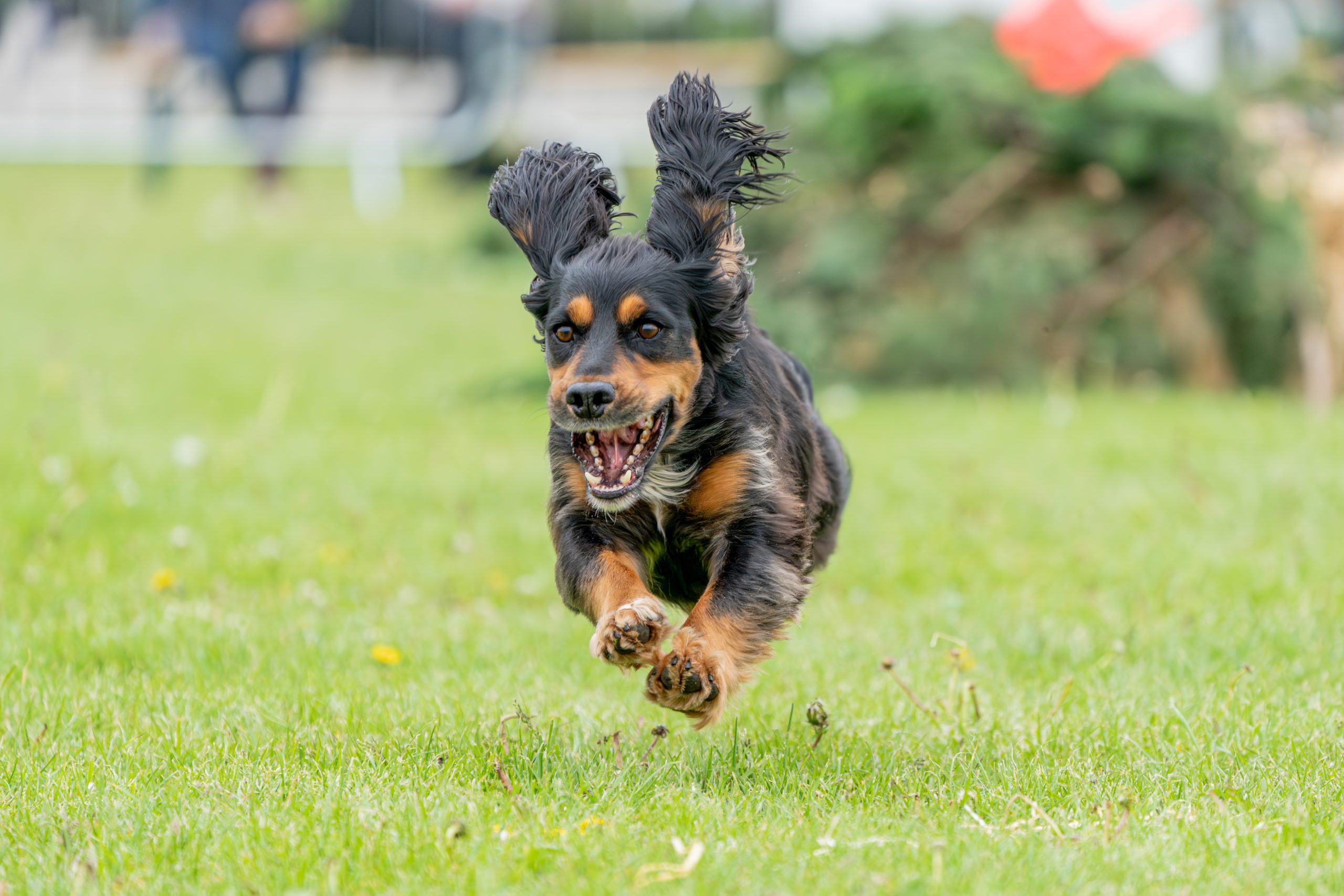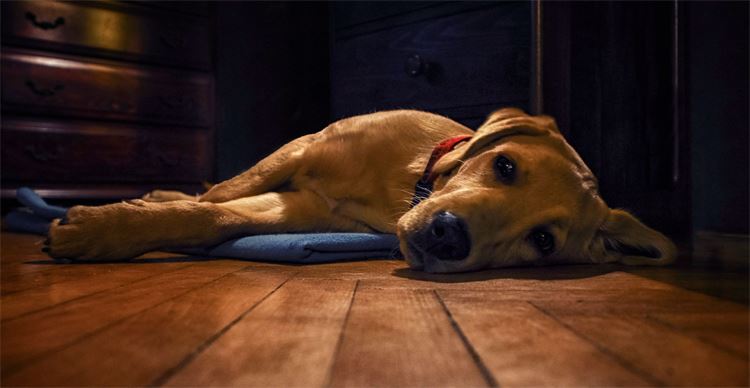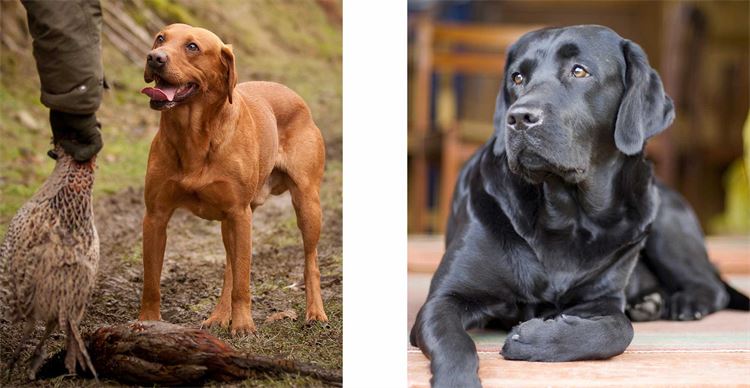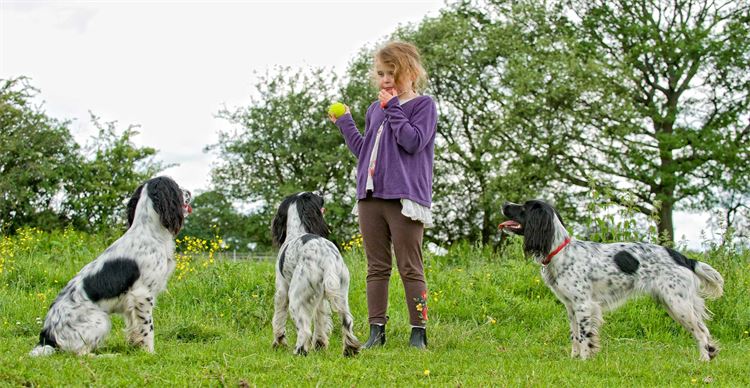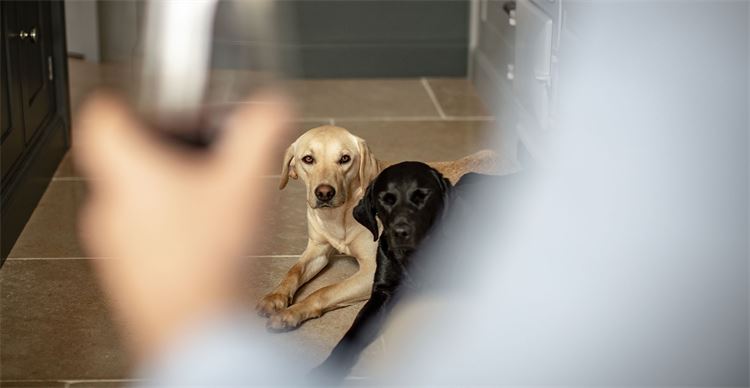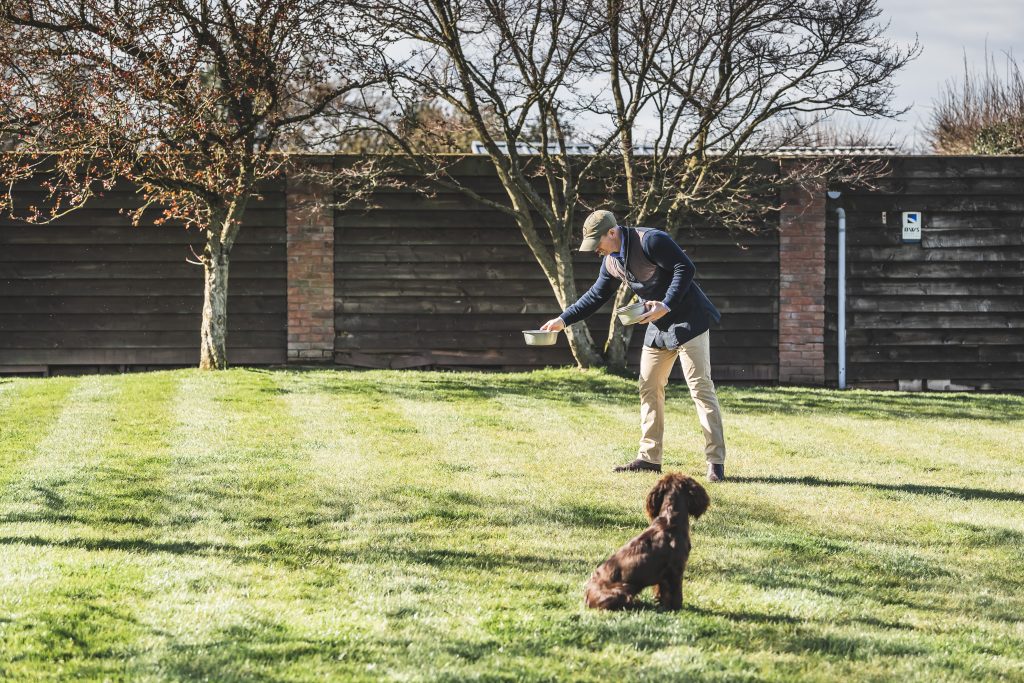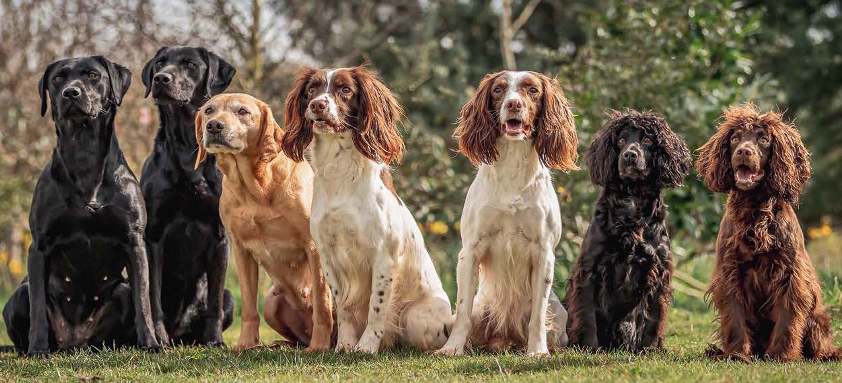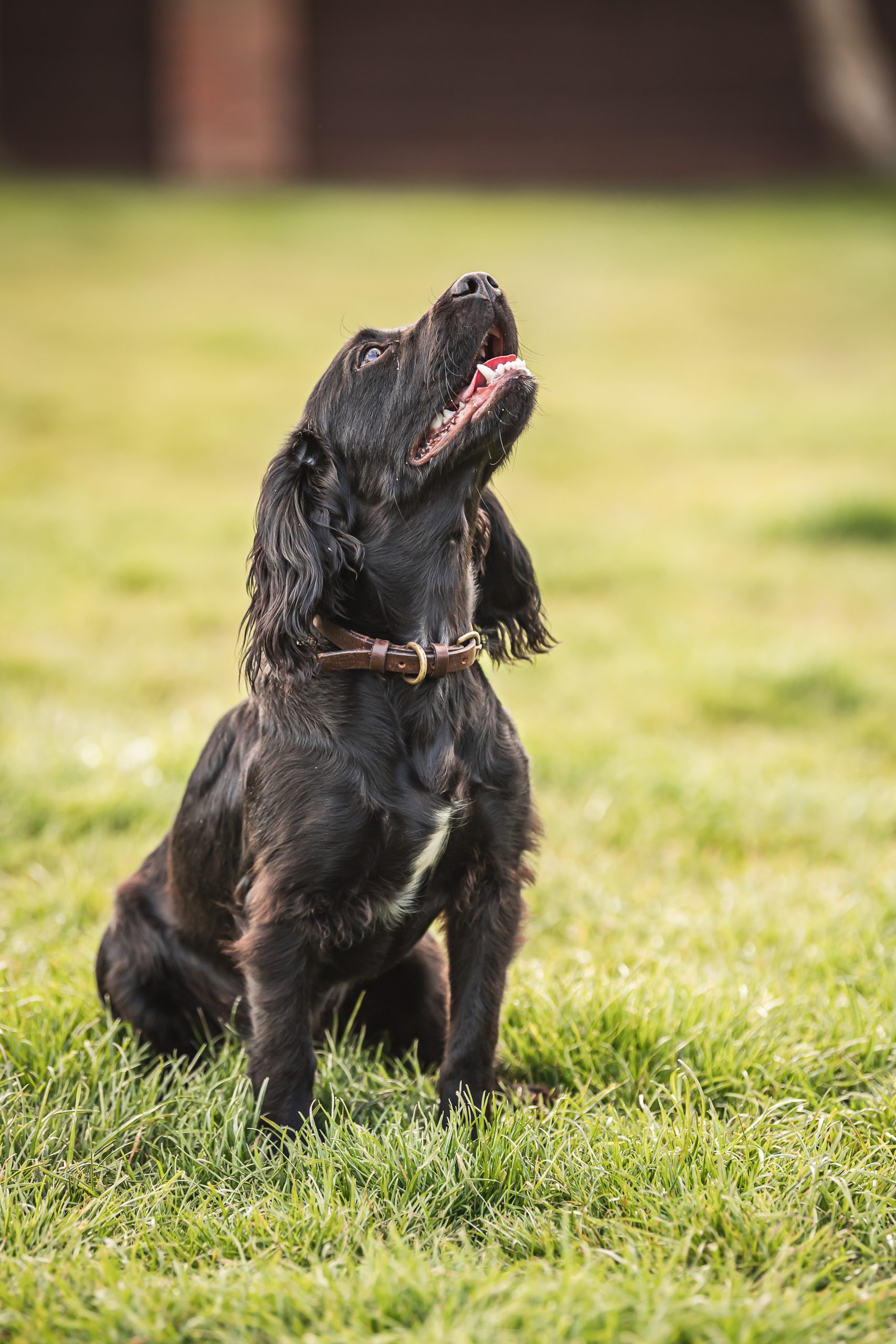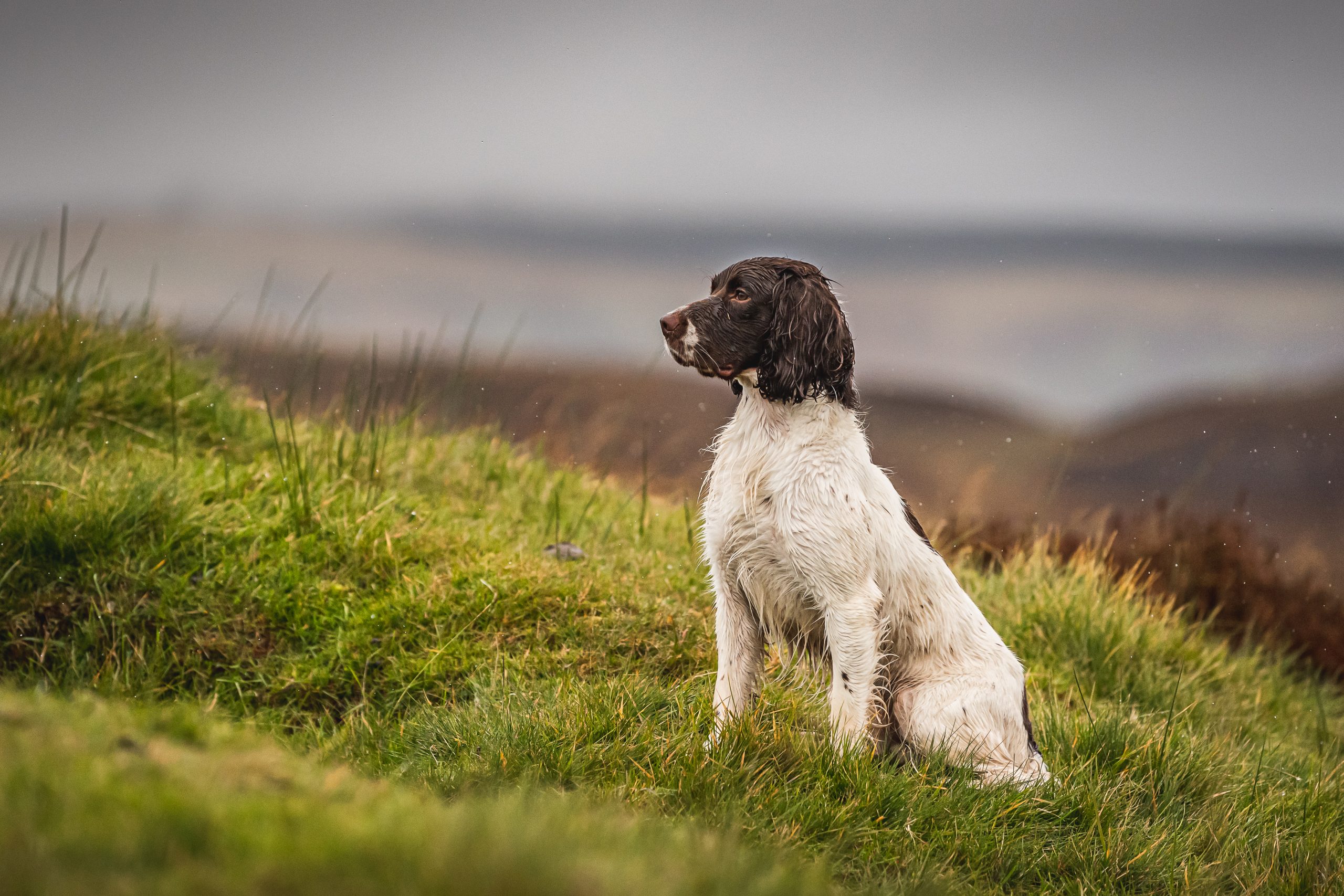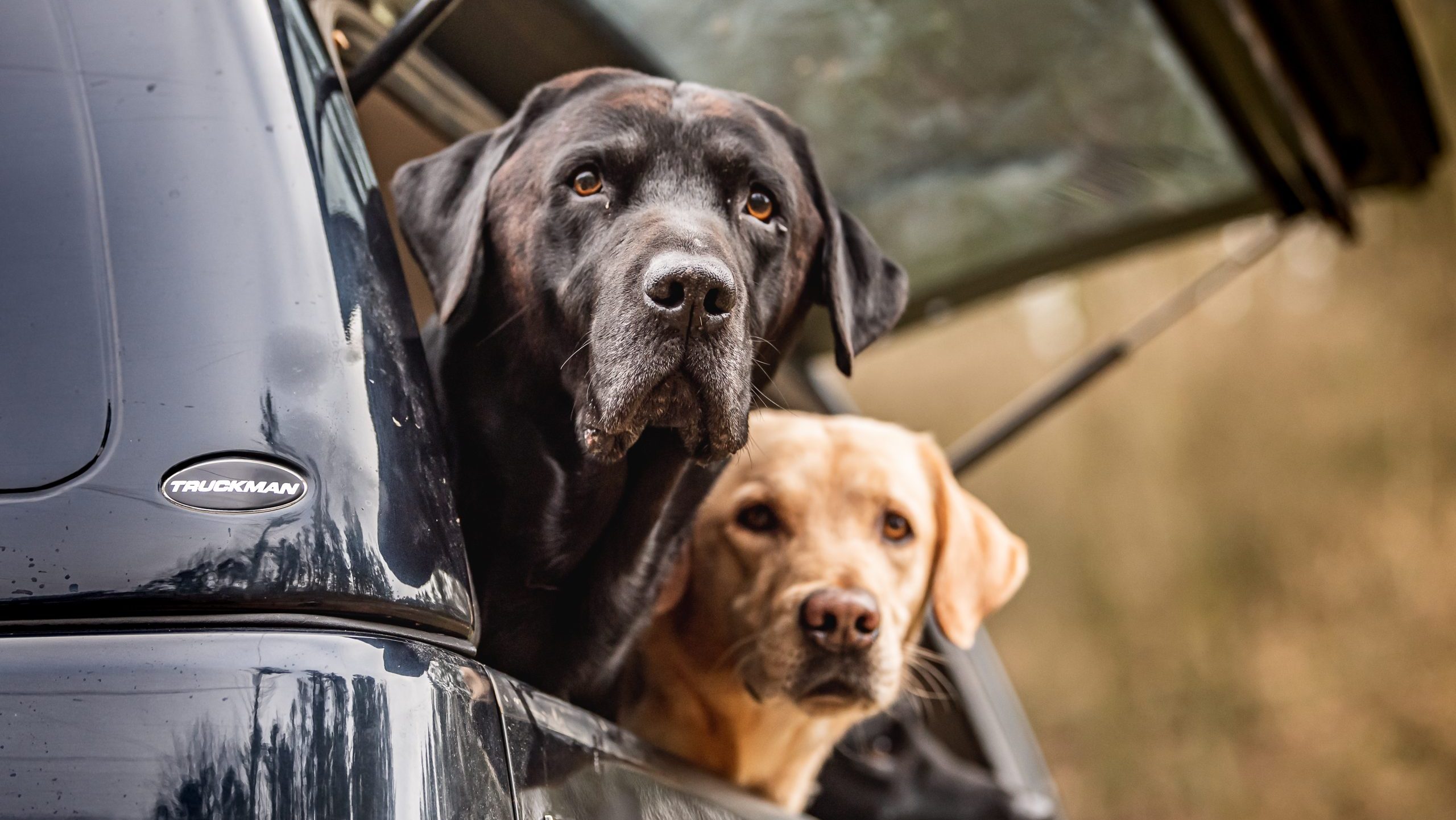Training
The rise of the Aga dog
Field Editor Ben Randall considers the increasing demand for gundogs which double as family pets.
Would you like to appear on our site? We offer sponsored articles and advertising to put you in front of our readers. Find out more.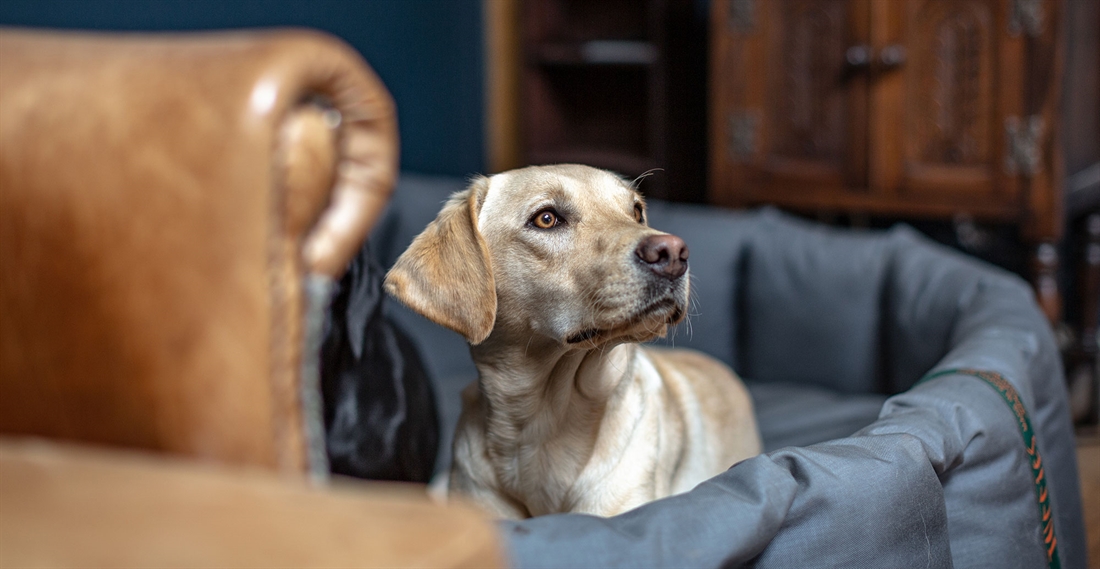
I don’t want a super one like yours. As long as it is good with the wife and kids, comes back when called, is steady to game and livestock, great with other dogs, sleeps in front of the fire of an evening, and will pick-up with me during the season and sit quietly on my peg off the lead when needed…”
This is now a typical request from an increasing number of my clients – they have high standards! Gundogs have grown in popularity over the last decade, and there are now more people who appreciate the joys of working them, whether in the beating line, with the picking-up team, in a pigeon hide or on a peg.
And as the sport as a whole continues to become more accessible and appealing to a wider demographic, especially younger people and women, the demand for a different type of gundog – one with all of the above attributes – has emerged and is becoming stronger by the season. I refer to them as ‘AGA dogs’; those which might work on a dozen days each year, but for the majority of the time live comfortably as part of the family, dozing by the fire or range cooker in the evening and slotting into the busy lives of their owners with aplomb.
Don’t get me wrong, these dogs need to be able to do a job; a lazy dog with no will to find or retrieve game might make a great pet, but the dogs in question must double as proficient and able companions in the field.
This has had a noticeable influence on my business as a trainer and breeder. I have witnessed a departure from the obsessive sole pursuit of red ink on pedigree certificates. Don’t get me wrong, Field Trial Champion parents and grandparents are still very desirable, but the average shooting man now realises the importance of relaxed, user-friendly temperaments, too.
Trialling dogs are the supercars of the dog world. They’re hardwired to hunt, and hunt very fast. They are bred to do everything very quickly, with electric energy, explosive power and drive. But as with supercars, it takes a certain skillset and level of experience to handle one. An amateur driver would find it difficult to control a 400bhp Ferrari, in the same way a person without the necessary experience and guidance would struggle with a dog bred for trialling. That said, if the right lines are used and the training approach is considered from the outset, dogs with trialling blood can and do make great AGA dogs.
Up until recently, if a customer was looking to buy the dog described in the opening paragraph, I’d have struggled to source one, whereas I could find a dog suitable solely for field trialling tomorrow. This is because good, working gundogs, which for 90 per cent of their life are family pets, are not sold. Not for bags of money. Would you sell a member of your family? No, of course you wouldn’t. This is why I’ve taken to the challenge of breeding and training this type of dog myself.
Breed and type
It all starts with the right breeding. The parentage needs to be right. I look for dams and sires which are relaxed on a shoot day where distractions are rife; those which are not only steady but have a very laid-back and nonchalant attitude. What were their relatives like further up the family tree? Style, drive and speed are less important; I do not want to breed from highly strung parents which burst out of the kennel or dog box like a child which has eaten too many blue Smarties. These types are not suitable for the vast majority of people. Relaxed and steady dogs at home will move up a gear or two in the shooting field, believe me. Overexcited dogs at home will be a handful or out of control on a shoot day.
Of course, the breed of dog best suited to an individual’s lifestyle and personality is worthy of consideration before choosing a puppy. Labradors have long been regarded as the more docile of the gundog breeds – and for good reason – whilst spaniels have a reputation for being more energetic, and HPRs, pointers and setters, a little more head-strong. Be wary of such generalisations, though, as within each breed you will find different ‘types’. Research of favourable lines is time well spent.
Environment and training
The environment to which the new pup is introduced and subsequently grows up and lives in is key. The ground rules should be established before the pup arrives. It is best to plan with a professional trainer and be absolutely honest about aspirations, experience, the family and how it functions. The training program can then be tailored to the owner’s circumstances.
Remember, the primary objective here is to produce a well-behaved gundog which slots perfectly into the owner’s life. When the young pup arrives, it needs to get used to its new home as soon as possible. And it should spend as much time with its owner as is feasible in order to develop a strong bond from day one.
Patience is a virtue which the AGA dog must possess. It should grow up knowing no different. Patience should be practised from the outset – whether waiting for food, waiting to go through doors, or waiting to jump out of the boot of the car. All my gundogs now follow my Beggarbush foundation training which provides the ideal basis from which to progress, whilst remembering the all-important basics of gundog training.
In its early days, the AGA dog should be taught the habit of tuning-in and listening to the owner, and this consistency should remain for the rest of the family. Everyone should be singing from the same hymn sheet. A calm and positive environment makes for a calm and happy dog.
I find the most level-headed dogs tend to be those which are with their owners as much as possible. They become accustomed to much more from a young age. They learn that trips in the car or away from the house are part of a typical day, and not something to get too excited about.
A dog with any working blood running through its veins will have energy to expend if it has been sat in a crate or on its bed all day – that should be expected – and all dogs need stimulation to keep boredom at bay. It is the form this stimulation takes which distinguishes the AGA dog from its trialling counterpart. Exercise should be relaxed, with the owner’s objective being to keep the dog’s attention on him or her. He or she should always be the centre of attention.
For example, a dog being trained for field trials would run through several retrieving exercises in a typical training session; the AGA dog would sit and watch the session and perhaps have a retrieve at the end. When training an AGA dog, however, it is crucial to remember that they are not robots. It is rare that dogs do not reach a stage where they grow in confidence and independence, and test the boundaries to find out what they can and can’t get away with, especially during their first few years. A firm but fair approach is needed here, and it is important for the whole family to be aware of this. Too much freedom at a young age can lead to a head-strong gundog. The more a dog gets, the more it wants. The more it wants, the harder it is to control.
The key to moulding a dog into both an easy-going family pet and the perfect partner in the shooting field is more than just a training programme. It’s a way of life for the dog which keeps it on an even keel and encourages it to adopt a different mindset to the traditional gundog. If this mindset is nurtured correctly, the whole family can enjoy the company of a true friend, by the fireside and by the peg.
Related articles
Training
Patience is a virtue
It’s a skill that is often overlooked in training, but which is vital for all gundogs. Ben Randall explains how to capitalise on some everyday opportunities to practice it, now that spring is here.
By Time Well Spent
Training
The theory of puppy training
When you collect your puppy – and at every stage thereafter – you’ll need a safe and secure form of transportation. Here are four high-quality options to suit all requirements.
By Time Well Spent
Get the latest news delivered direct to your door
Subscribe to Gundog Journal
Unlock the full potential of your working dog with a subscription to Gundog Journal, the UK’s only dedicated magazine for gundog enthusiasts. Published bi-monthly, this authoritative resource delivers expert training advice, in-depth interviews with top trainers and veterinary guidance to help you nurture a stronger bond with your dog.
Whether you’re a professional handler, breeder, or simply passionate about gundogs, each issue offers a wealth of knowledge on breeds like labradors, spaniels and vizslas. Subscribers gain access to topical articles, real-life stories and exclusive offers from trusted brands.
With stunning photography and thought-provoking content, Gundog Journal is your essential guide to understanding, training and celebrating these remarkable working breeds.


Manage Consent
To provide the best experiences, we use technologies like cookies to store and/or access device information. Consenting to these technologies will allow us to process data such as browsing behavior or unique IDs on this site. Not consenting or withdrawing consent, may adversely affect certain features and functions.
Functional Always active
The technical storage or access is strictly necessary for the legitimate purpose of enabling the use of a specific service explicitly requested by the subscriber or user, or for the sole purpose of carrying out the transmission of a communication over an electronic communications network.
Preferences
The technical storage or access is necessary for the legitimate purpose of storing preferences that are not requested by the subscriber or user.
Statistics
The technical storage or access that is used exclusively for statistical purposes.
The technical storage or access that is used exclusively for anonymous statistical purposes. Without a subpoena, voluntary compliance on the part of your Internet Service Provider, or additional records from a third party, information stored or retrieved for this purpose alone cannot usually be used to identify you.
Marketing
The technical storage or access is required to create user profiles to send advertising, or to track the user on a website or across several websites for similar marketing purposes.


